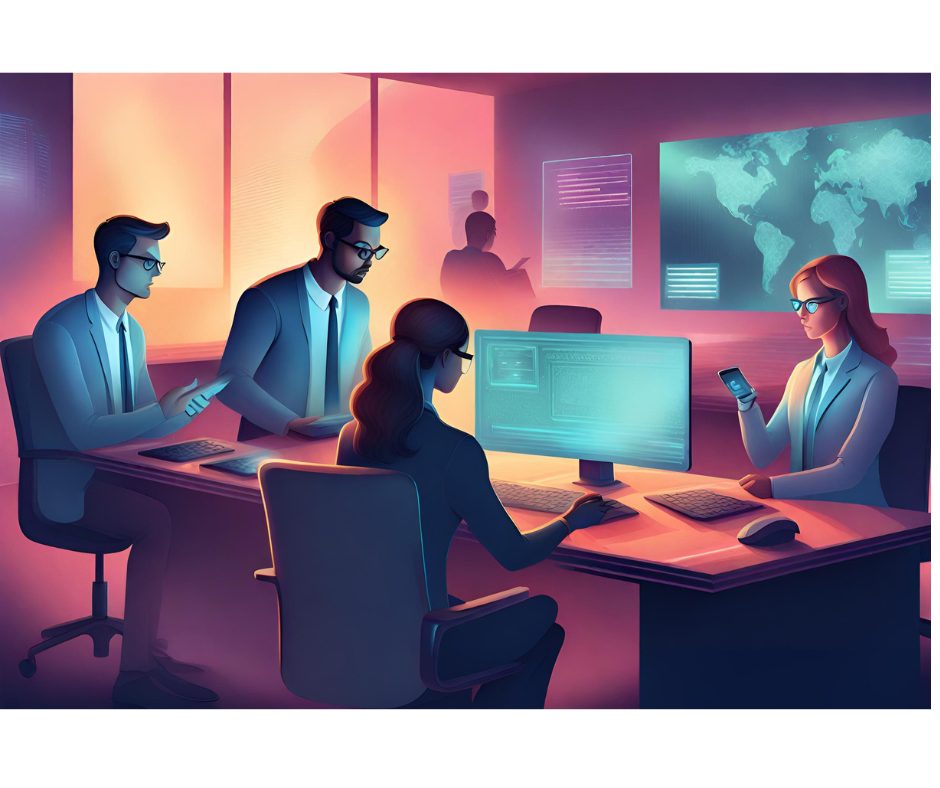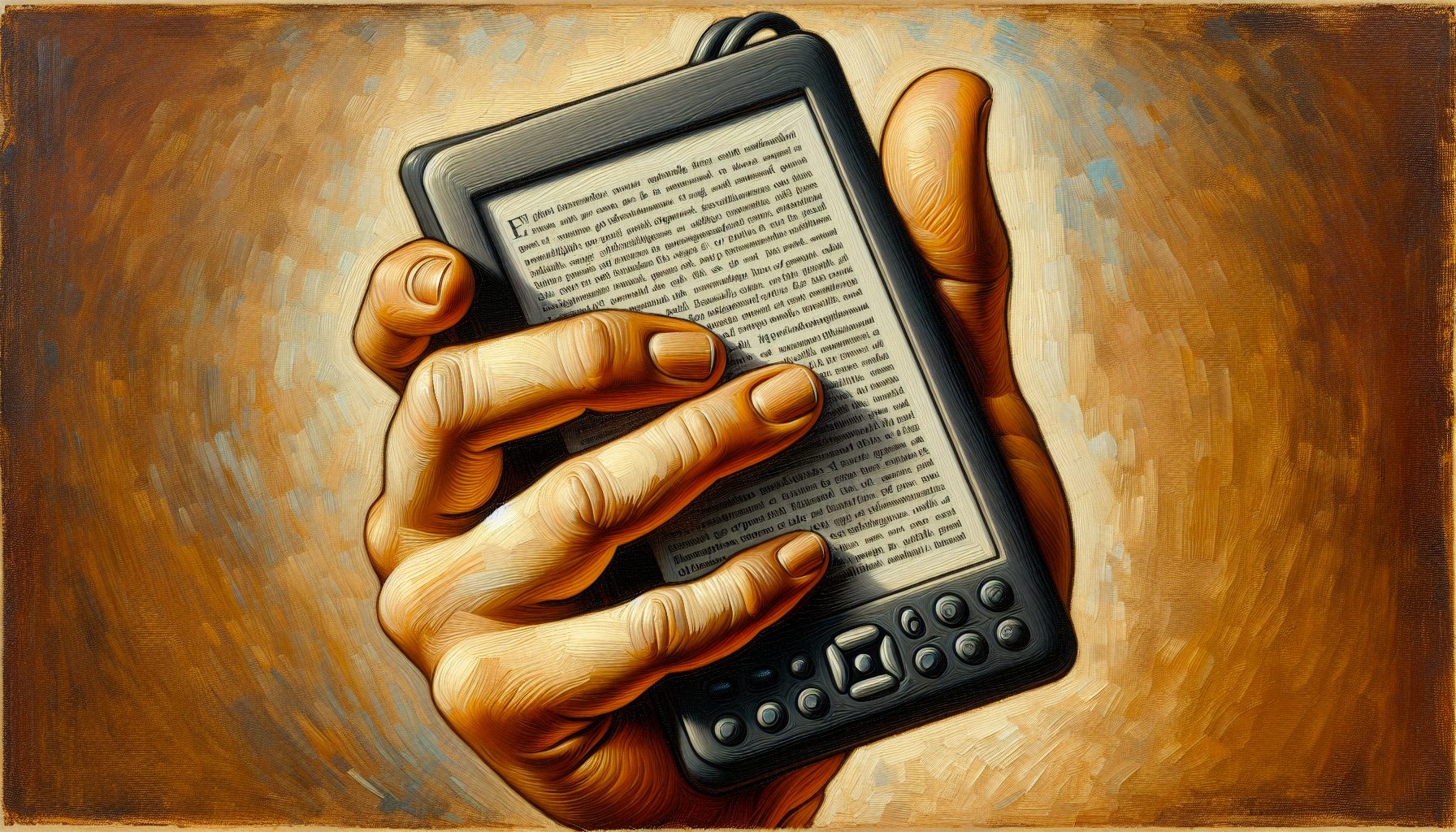Technology stands at the forefront of the workplace, acting as a cornerstone of advancement and a potential source of conflict. In the age of modernization and digitalization, the distinction between boosting productivity and invading privacy has become increasingly blurred. This new reality challenges the traditional harmony previously found in workplaces.
Amidst this transformation, technology is perceived in a dual light: it can trigger workplace conflicts or serve as a key to resolving them. For individuals entangled in the complexities of workplace disputes, especially those stemming from digital advancements, the need to find workplace injury lawyer becomes paramount. Engaging with a workplace injury lawyer offers critical insights into the subtleties of technology-related conflicts and provides a pathway to seek proper compensation and resolution.
Technologies have dualistic functions
Without question, technological developments in the workplace may propel companies forward by enabling the invention of products that were before unimaginable and impractical in terms of efficiency. In contrast to the previous conventional voting method that relied on paper ballots, this digital integration has its own difficulties that call for careful and thorough handling. On the one hand, communication is made easier through email, chat rooms, instant messaging apps, and collaborative online areas. However, they also bring up problems with digital etiquette, information overload, and boundaries on the internet. Because of the growth of connections and potential for conflict, these technologies also bring old and new relations mechanisms.
Deciphering the Digital Dispute
It is a stark reality that digital communication is the main cause of work unhappiness in the current world. Even amongst two best friends, misinterpretations in text messages and emails can lead to arguments. With the complexities of face-to-face communication aside, reprimands between two or more coworkers may end. Additionally, increasing the bar for quick gratification and the resulting amplification of digital communication can lead to psychological issues and worsen employees’ health.
One point of controversy is the way employee monitoring is done through the application of digital tools. Although their primary purpose is not only maximization of efficiency but also the situation of the company’s assets, these devices can evoke feelings of mistrust and perceived invasion of privacy among the employees. The conversation regarding who possesses legitimate rights and interests over an individual’s privacy continues, and the related technological intricacies come into play while thoroughly examining the matter.
Strategies on how to settle Workplace Disputes
Therefore, the best way to tackle tech-generated quarrels in the office is to embrace a multifaceted strategy that mainly concerns plain communication, education, and empathy. Explaining and forming the policies and guidelines on using digital tools and defining communication rules has a signal that shows how things and relations should take place. Besides, workshops can be arranged with digital civility and technology optimization, which will be compatible and conducive to the company’s environment.
Empathy goes without saying and is, in fact, a key element in handling disruptions in digital environments. Realizing the humanity behind the screen and showing resilience and understanding for those whose day-to-day activities are being dominated by the digital world can enable supportive behaviors and find solutions that are far beyond the methods of “pressing the button.”
Conclusion
The growing digitalization of today’s workplace means that technology significantly impacts conflict and should not be underestimated. On the one hand, it simplifies processes and provides access to new technology. It also has a lot of political implications, which need to be handled cautiously. Technology has a big impact on short contracts; if businesses use all the available tactics, such as good communication, education, and empathy, conflicts may be completely avoided by making the most of technology’s beneficial aspects.
FAQ
1. What are some common sources of workplace conflicts related to technology?
– Digital communication: Emails, texts, and instant messaging can lead to misunderstandings and conflicts due to their lack of nuance compared to in-person communication.
Employee monitoring: Using digital tools to monitor productivity can raise concerns about privacy invasion and employee mistrust.
2. How can technology both contribute to and mitigate workplace conflicts?
– Technology enhances productivity and efficiency and introduces challenges like information overload and digital etiquette issues.
Properly managed technology facilitates clear communication, educates on digital tools, and fosters empathy to resolve conflicts.
3. What role can workplace injury lawyers play in resolving technology-related conflicts?
– Workplace injury lawyers offer insights into the complexities of technology-related workplace disputes and help individuals seek compensation and resolution for any harm or conflicts arising from digital advancements.
4. What strategies can organizations employ to navigate technology-related conflicts effectively?
– Establish clear policies and guidelines for using digital tools and defining communication rules.
– Conduct workshops on digital civility and technology optimization to create a conducive work environment.
– Foster empathy and understanding for employees navigating the digital realm, recognizing the human element behind digital interactions.
5. How can companies harness the positive power of technology to mitigate workplace disputes?
– By leveraging technology for clear communication channels, education on digital tools, and fostering empathy, companies can mitigate conflicts and harness technology’s potential for positive impact on the workplace.









